This website uses cookies to ensure you get the best experience on our website.
- Table of Contents
Facts about Transforming protein RhoA.

Plays an important role in cleavage furrow formation. Stimulates PKN2 kinase activity.
| Human | |
|---|---|
| Gene Name: | RHOA |
| Uniprot: | P61586 |
| Entrez: | 387 |

| Belongs to: |
|---|
| small GTPase superfamily |

h12; oncogene RHO H12; ras homolog gene family, member A; Rho cDNA clone 12; RHO12; RhoA; RHOH12ARH12ARHAAplysia ras-related homolog 12; small GTP binding protein RhoA; transforming protein RhoA
Mass (kDA):
21.768 kDA

| Human | |
|---|---|
| Location: | 3p21.31 |
| Sequence: | 3; NC_000003.12 (49359145..49411976, complement) |
Cell membrane; Lipid-anchor; Cytoplasmic side. Cytoplasm, cytoskeleton. Cleavage furrow. Cytoplasm, cell cortex. Midbody. Cell projection, lamellipodium. Cell projection, dendrite. Localized to cell-cell contacts in calcium-treated keratinocytes (By similarity). Translocates to the equatorial region before furrow formation in a ECT2-dependent manner. Localizes to the equatorial cell cortex (at the site of the presumptive furrow) in early anaphase in an activated form and in a myosin- and actin-independent manner.






PMID: 3822842 by Yeramian P., et al. Nucleotide sequence of human rho cDNA clone 12.
PMID: 7835413 by Fagan K.P., et al. Sequence of rho small GTP-binding protein cDNAs from human retina and identification of novel 5' end cloning artifacts.
*More publications can be found for each product on its corresponding product page